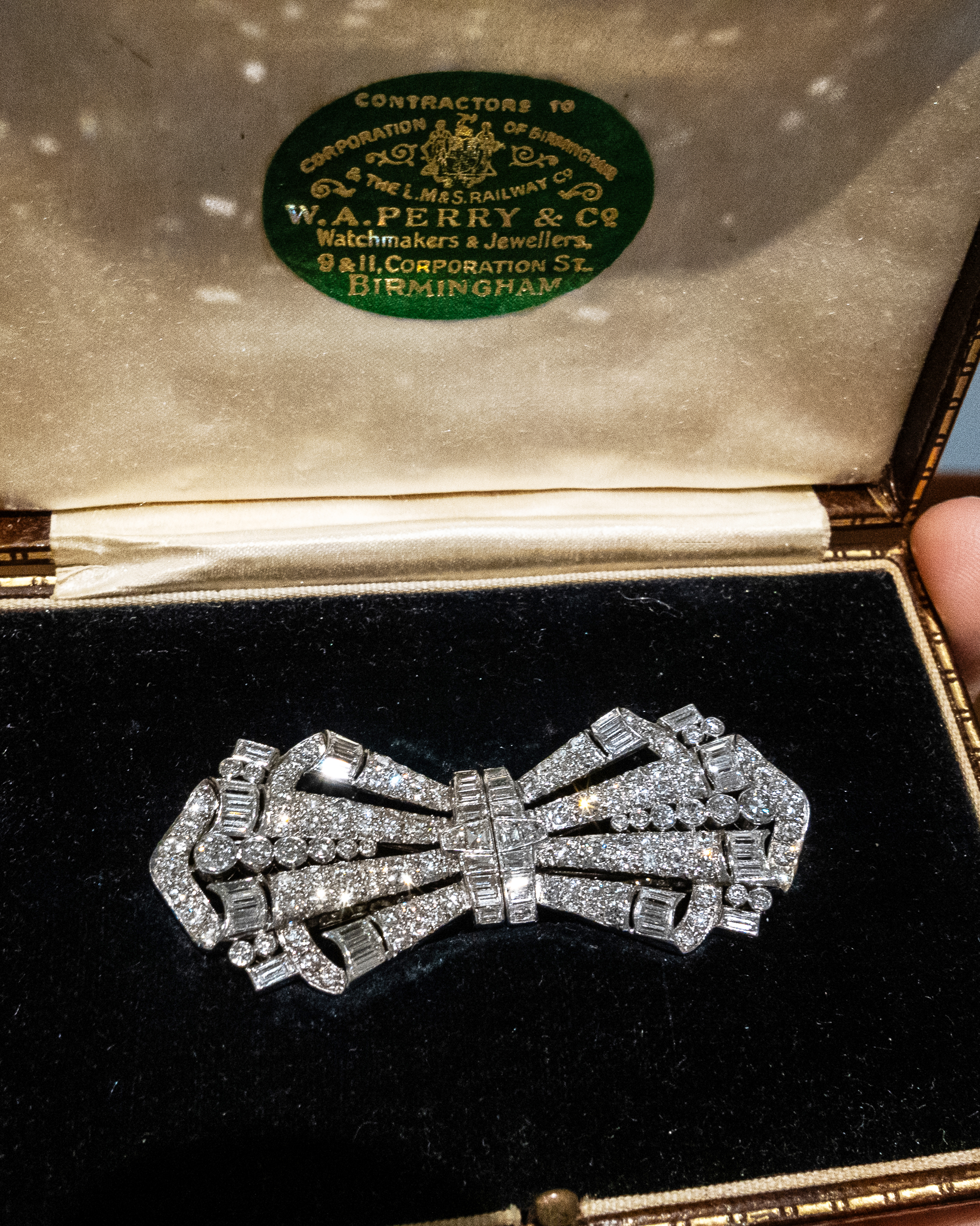Diamond-Encrusted Memories
Journalist & author Richa Goyal Sikri unpacks her diamond journey and shares her trifecta of real diamond value.

Diamonds, emeralds, rubies, and precious gold and silver jewellery have, for centuries, been woven into the cultural fabric of India. But unlike traditional households where heirloom collections whispered of generational wealth, my experience was different. I grew up watching my mother—a modern Indian woman who became an English Literature lecturer at Delhi University at just 21 in the early seventies and later co-founded one of Asia’s largest travel and tourism companies—commission and collect jewels featuring a vivid array of precious stones.
When it came time for me to make my first independent jewellery purchase in my late twenties, I found myself slightly at sea. Asking about the weight of gold or the caratage of diamonds felt oddly transactional. I wasn’t shopping for groceries—I was selecting a miniature work of art. My mother favoured yellow gold, set with diamonds and coloured gemstones. She wore sarees almost exclusively, and that combination suited her aesthetic perfectly.
Given my international fashion sensibilities, I chose a different path. My first acquisition was a pair of white gold earrings set with natural diamonds—a feminine style featuring diamond encrusted swirls. As a well-travelled, intellectually curious, second-generation entrepreneur, this choice reflected my worldview, my rhythm of life, and the modern, expansive possibilities I saw before me.

“EVERY JEWEL I’VE CHOSEN TELLS A STORY-OF AMBITION, ARTISTRY, AND AGENCY”
Natural diamond Scroll earrings
Two decades later, I found myself living in Singapore, immersed in the world of coloured gemstones—visiting mines, tracing supply chains, training as a gemologist, evolving into a journalist and storyteller. These new experiences led me to acquire extraordinary gemstones, which I would bring to trusted jewellers with a clear brief: set them with exceptional diamonds. Why? Simply put, natural diamonds elevate both the beauty and the enduring value of a piece.
My intention was to create timeless, elegant khandani jewels—pieces that lived with me, reflected my values, and acted as ambassadors of my personal style. But more than that, each commission became a memory marker. I still remember buying a cabochon Zambian emerald and framing it in diamonds to commemorate a visit to the world’s largest emerald mine—Kagem in Zambia, jointly owned by Gemfields and the Zambian government.
Whether I was drawn to sapphires, moonstones, spinels or rubies, diamonds remained a constant—like fairy dust—lending every gem light, brilliance and a quiet strength. They also helped me hold my own in new circles: mine owners, master jewellers, auction house specialists, and respected dealers of the finest coloured stones and natural diamonds.



Alongside mine visits, I started researching jewellery design history and was drawn towards antique and vintage jewels. My first piece? Yet again, a pair of diamond earrings—this time from the early sixties. I knew little then about antique jewellery, but instinctively trusted the craftsmanship and quiet charisma of a diamond-heavy design. Not because of blanket assumptions about resale value, but because I believed—still believe—that an exquisitely made jewel, with the kind of sparkle only natural diamonds offer, will always hold its place in the world.
I’m especially captivated by vintage pieces from the fifties and sixties. I grew up watching old Hollywood musicals and was enchanted by the femininity and glamour of that era. The women on screen—iconic, unapologetically radiant—were often adorned in dazzling diamonds. To me, their style spoke of joy, celebration, and an embrace of beauty on their own terms. Antique jewels are ambassadors of history, encapsulating the culture of that period and place.

“ANTIQUE JEWELS ARE AMBASSADORS OF HISTORY, eNCAPSULATING THE CULTURE OF THAT PERIOD AND PLACE”
A vintage double clip natural diamond brooch
In the East, jewellery gifted to a woman—particularly in gold or precious stones—is never simply ornamental. It is her private wealth, independent of her husband, family, or circumstance. Often, this jewellery marks milestones: birth, coming of age, academic achievements, marriage, motherhood, anniversaries. While such gifts are always cherished, the jewels I chose for myself—purchased with my own professional accomplishments—carried a different resonance. Each piece was a quiet celebration, a token of friendship, a personal archive of growth. They weren’t just beautiful—they were affirmations of self.
Interestingly, as my focus shifted to jewellery and gemstones, my appetite for designer fashion began to wane—for three key reasons. First, acquiring and wearing a well-crafted jewel is like joining a quiet fraternity; only those who understand its language can truly read it. Second, while anyone can walk into a boutique and purchase a branded handbag or dress, acquiring a fine gem or exceptional jewel—beyond the loud and flashy—requires curiosity, discernment, and a deeper understanding of craft, heritage, and rarity. Third, since antiquity, jewellery has offered intrinsic, enduring value. It is portable, discreet, and deeply reassuring—an elegant asset that holds its own in any portfolio.
Every jewel I’ve chosen tells a story—of ambition, artistry, and agency. These pieces are more than ornaments. They are companions. Time capsules. Emotional heirlooms. Whether passed down, gifted, or self-purchased, jewellery—when thoughtfully chosen—can encapsulate a woman’s entire inner and outer journey.
And that, to me, is the essence of Stree Dhan: wealth that is sacred, sovereign, and entirely, gloriously, hers.




